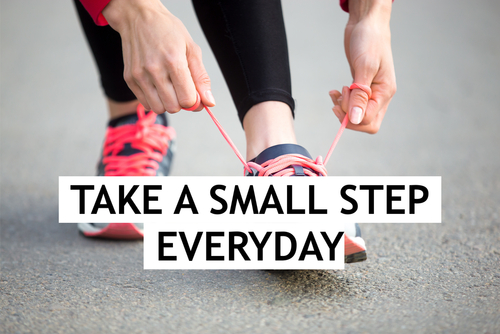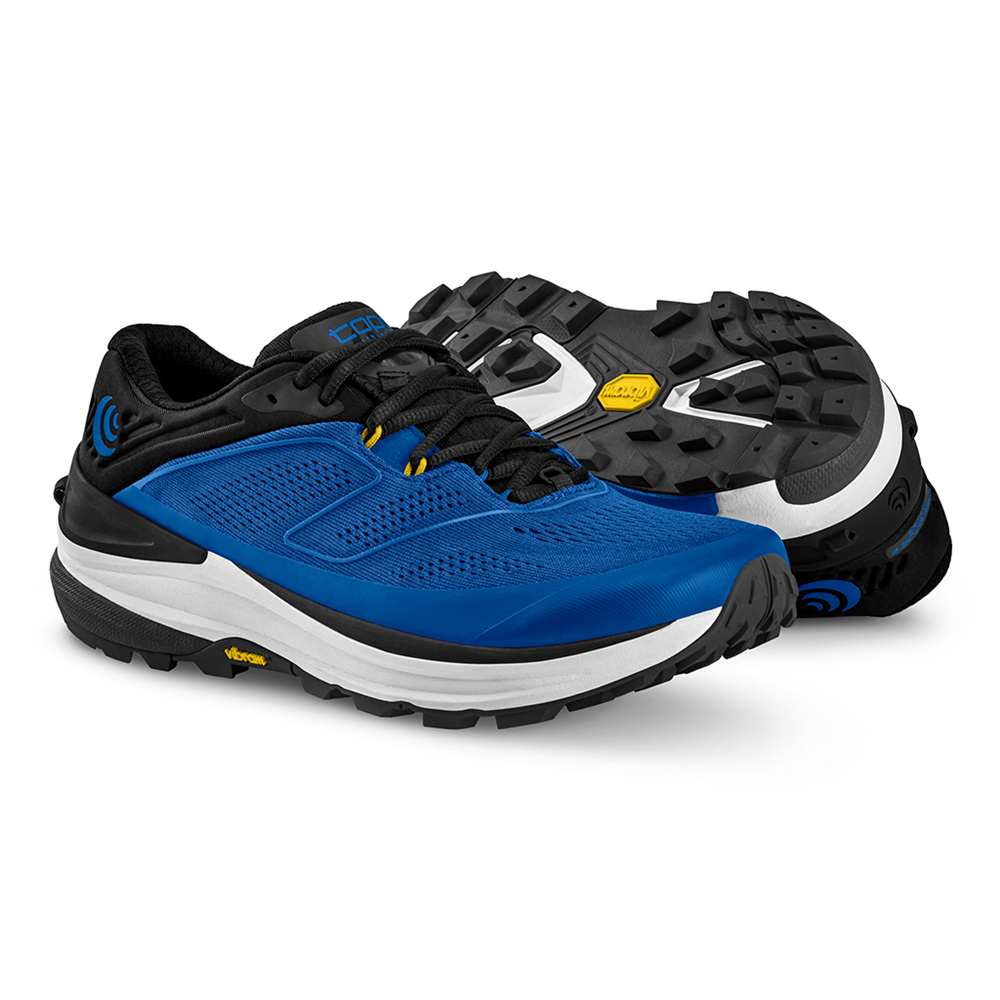Whether it was an injury, a rest day that lasted a little too long or any other personal reason, we all know that returning to a running program can feel like a huge task.Â
If your break has been brief, such as a week or so, getting right back into those morning runs should be relatively easy. However, if for any reason you took a long break, it might take a little longer for you to find motivation and build up your fitness levels again.
If it was an injury that caused your break, you will want to do everything you can to avoid re-injuring yourself. Without a strict starting point, research and the advice of your medical professional, it can be dangerous to jump straight into longer runs.Â
This blog will detail actionable steps that any person, runner or not, can utilise to get into a steady running routine.Â
1. Start with healthy habits.
When you were running before, you probably had a routine you stuck to. Maybe you ran twice a week, maybe twice a day. Whatever your routine entailed, it was specific to your needs. Once you stop that, it can feel daunting to put so much time into something again.

Consistency is key
Focus on getting consistent. If you used to be an early morning runner, get used to waking up early again. Set an alarm, even if you don’t plan on running just yet. You can take this time to have your morning coffee and breakfast, do your morning stretches, and get used to being an early riser again.
Start slow

Try starting with a walk around your block. Every little step toward building a healthy habit is one step closer to your end goal. During this time it can be easy to get disheartened and lose patience. Try not to compare yourself to others, every single person will go through a different running journey. Just because you are moving at a different pace, does not mean that your progress is less than.Â
Take rest days
Remember to take rest days. Rest days allow your body to recover and take the time to be ready for the next run or workout. This will allow you to sustain your healthy habits, and avoid injury. Just like with everything, if you don’t allow your muscles to rest, a repetitive injury may occur.
Fuel your body with the right nutrition
Another great habit to keep during your recovery program is healthy eating and sufficient hydration. Keep up your water levels, and follow a healthy eating routine. Keep your salt levels regulated to avoid cramping and eat lots of protein to support muscle growth.Â
2. If injured, consult a medical professionalÂ
Runners tend to suffer similar injuries, normally to do with connective tissues and joins. Injuries such as plantar fasciitis, runner’s knees and stress fractures cannot be treated at home. These injuries have a longer healing time and require medical guidance. It is not recommended that you get back into running until you have been cleared of these injuries by a health professional.Â

In addition to getting a diagnosis from your doctor, you might need to engage the help of other medical professionals such as a physio, podiatrist, or chiropractor. They can guide you in implementing a running plan that is best suited to your current stage of recovery.Â
Even if you did not suffer an injury and took a break for any other reason, medical professionals can assess your running form and conduct a gait analysis, which will provide you with pointers for your running plan. This will help you avoid any future injury.Â
3. Use the run-walk method
As you adjust your body to running again, use the run-walk method. This method is an easy way to train your body back into long runs.Â
This method involves the runner to start slow. Stretch your body and then walk to a targeted destination. Then repeat the process, but run to your next target instead of walking. Repeat the process of walking and then running for each segment until you have completed your desired distance. Â
Always take short breaks whenever you need to catch your breath. Starting at a shorter distance, for example 2.5km or less is the perfect starting point. From there, your walking segments can become less frequent, and you can also tackle longer distances in time.Â
4. Create a workout routine
Incorporate strength training
Strength training is fantastic for supplementing your running program. Try adding strength training into your weekly routine, once or twice a week in-between your runs. That way you’re not overdoing the running, but building your running endurance along the way.Â
Create a running schedule that works for you
When you are starting out you can opt to run one to two times a week. Don’t over do it, because you may risk reinjuring yourself. Most people make the common mistake of overdoing it and taking runs that are too long and will overstimulate the muscles they haven’t used in a long time.Â
Listen to your body
It is always a good idea to listen to your body. If you find yourself struggling, try going back to the run-walk method discussed earlier. If your body can’t handle running on your designated run day, try a brisk walk instead. As your endurance and stamina build, you can increase your running distances to 5km or more, and return to a more high intensity running routine.
The right gear can make all the difference
In order to be best equipped for your running journey, you need to have the best running accessories available to you. It is also crucial that you have a pair of high quality running shoes. Make sure to look for shoes with good shock absorption in the sole and enough arch support.Â

Whatever your specific needs are when it comes to creating the perfect running routine, the right running accessories and running shoes are the best place to start.Â

5. Keep motivated
Don’t lose sight of your end goal. Have something to encourage you to keep going, whether it is improving cardiovascular fitness, building lean muscle or improving your mental health, make sure to always have goals that help you maintain your momentum.
It is always tough at the beginning. But keep pushing, after that, you will love the feeling of your legs pumping, your lungs breathing and your heart steadily beating in your chest. You might even just experience that runner’s high you hear people raving about!









